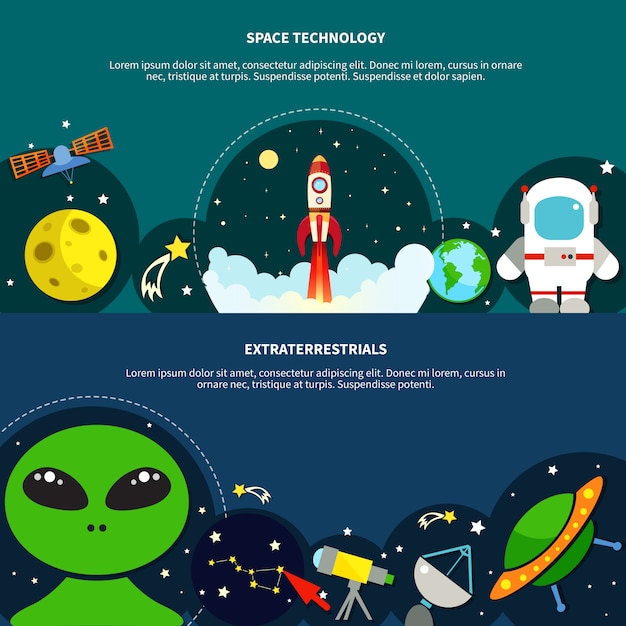Discover Fun Space Facts for Kids!

The Sun is a giant ball of gas that gives us heat and light.
There are eight planets in our solar system, and Earth is one of them.
The moon is Earth’s natural satellite and helps create tides in our oceans.
Asteroids are huge chunks of rock that orbit the Sun, and some of them are as big as mountains.
Did you know that the largest volcano in our solar system is on Mars? It’s called Olympus Mons!
Saturn is famous for its beautiful rings made up of ice and rock particles.
Astronauts use special spacesuits to protect themselves in outer space because there is no air to breathe.
The International Space Station is a giant laboratory where astronauts from different countries live and conduct experiments.
Our galaxy, the Milky Way, is home to billions of stars and planets.
Did you know that a day on Venus is longer than a year? So, it takes longer for Venus to rotate on its axis than to orbit around the Sun.
The Hubble Space Telescope has captured some stunning images of distant galaxies and stars.
Space shuttles were used to transport astronauts and equipment to and from the International Space Station.
The Northern Lights, also known as Aurora Borealis, are colorful lights that can be seen in the sky near the North Pole.
Jupiter, the largest planet in our solar system, has a big red spot that is actually a storm.
Mercury is the closest planet to the Sun, and it’s also the smallest planet in our solar system.
Discover Fun Space Facts for Kids! part 2
When a star runs out of fuel, it can explode and become a supernova.
The first living beings to go into space were fruit flies. They were sent on a spacecraft to study the effects of space travel on living organisms.
The Great Red Spot on Jupiter is a storm that has been raging for over 300 years!
The Milky Way is just one of billions of galaxies in the universe.
Astronauts drink rehydratable water in space because they can’t drink regular water like we do on Earth.
The outer layer of the Sun is called the corona and can be seen during a total solar eclipse.
Venus is often called Earth’s sister planet because they are similar in size, but Venus has a thick atmosphere that traps heat, making it the hottest planet in our solar system.
The temperature on the Moon can vary greatly. During the day, it can get as hot as 260 degrees Fahrenheit, and at night, it can drop to -280 degrees Fahrenheit!
The space between planets and stars is not completely empty. It contains tiny particles of dust and gas called the interstellar medium.
The Voyager spacecrafts were launched in 1977 and are still traveling through space today. They are currently the farthest man-made objects from Earth.
The gravity on Mars is about 38% of the gravity on Earth, which means if you weigh 100 pounds on Earth, you would only weigh 38 pounds on Mars.
When a star explodes in a supernova, it can create a black hole, which is a region in space with such intense gravity that nothing can escape it, not even light.
The fastest recorded speed in space was achieved by the Helios 2 spacecraft, which reached speeds of up to 157,078 miles per hour!
Did you know that the Sun is so big that you could fit 1.3 million Earths inside it?
Mars is often called the Red Planet because of its reddish color, caused by iron oxide (rust) on its surface.
The Milky Way is about 100,000 light-years in diameter, which means it would take light 100,000 years to travel from one end to the other!
The rings of Saturn are made up of billions of ice particles ranging in size from tiny grains to huge chunks of ice.
The first human to walk on the Moon was Neil Armstrong, and he said the famous words, That’s one small step for man, one giant leap for mankind.
The Sun is so far away from us that it takes about 8 minutes and 20 seconds for sunlight to reach Earth.
Jupiter has 79 known moons, the largest of which is Ganymede, which is even bigger than the planet Mercury.
The highest mountain in our solar system is on Mars. It’s called Olympus Mons and is about 13 miles high!
The Milky Way is shaped like a spiral, with long arms winding around a central bulge.
There are black holes at the centers of most galaxies, including our own Milky Way.
The first American woman in space was Sally Ride. She flew aboard the space shuttle Challenger in 1983.
Neptune, the farthest planet from the Sun, has winds that can reach speeds of up to 1,200 miles per hour!
When a star’s fuel runs out, it can collapse under its own gravity and become a white dwarf, neutron star, or even a black hole.
The largest volcano in our solar system, Olympus Mons, is about three times the height of Mount Everest.
The Great Red Spot on Jupiter is a storm that has been going on for at least 400 years!
The first spacecraft to reach the moon was Luna 2, launched by the Soviet Union in 1959.
The temperature in outer space is around -454 degrees Fahrenheit, just above absolute zero.

